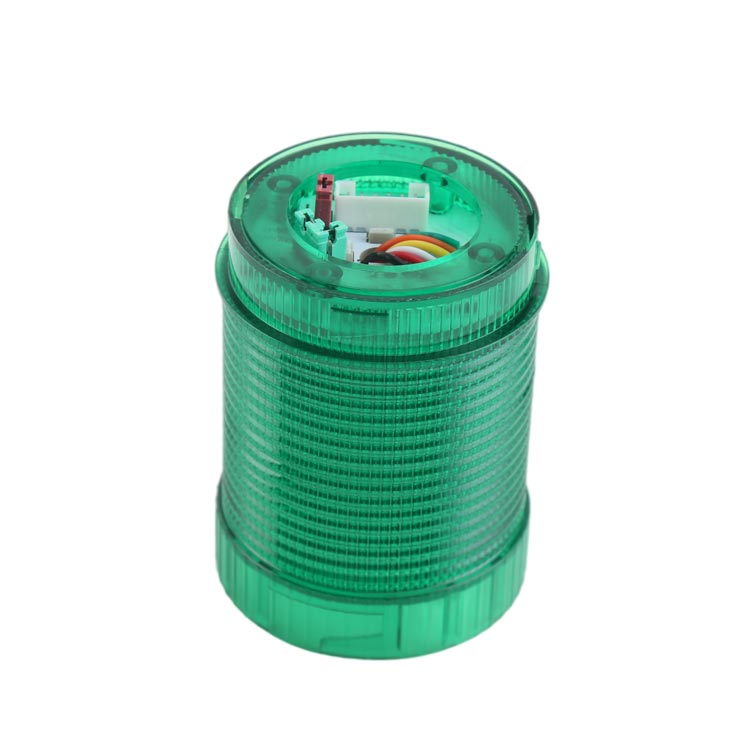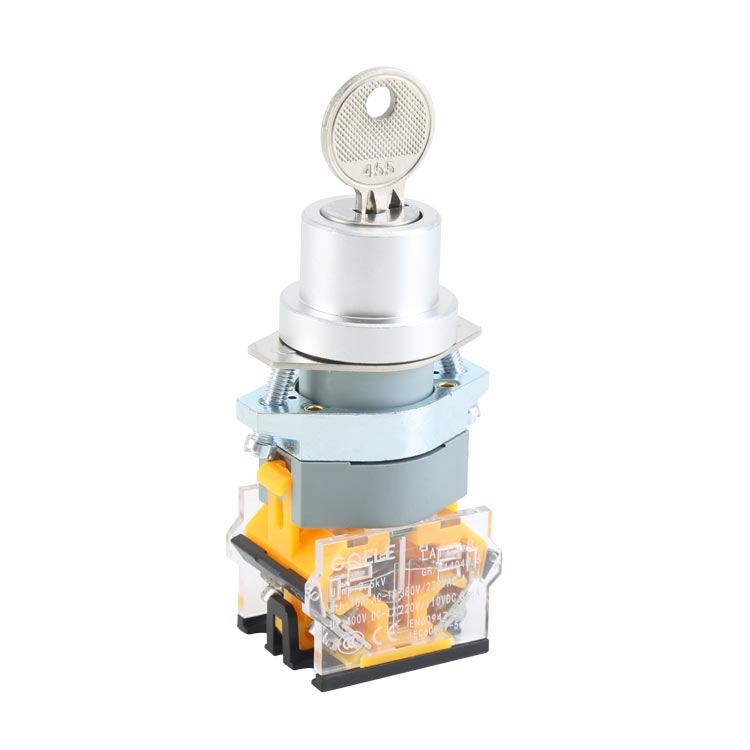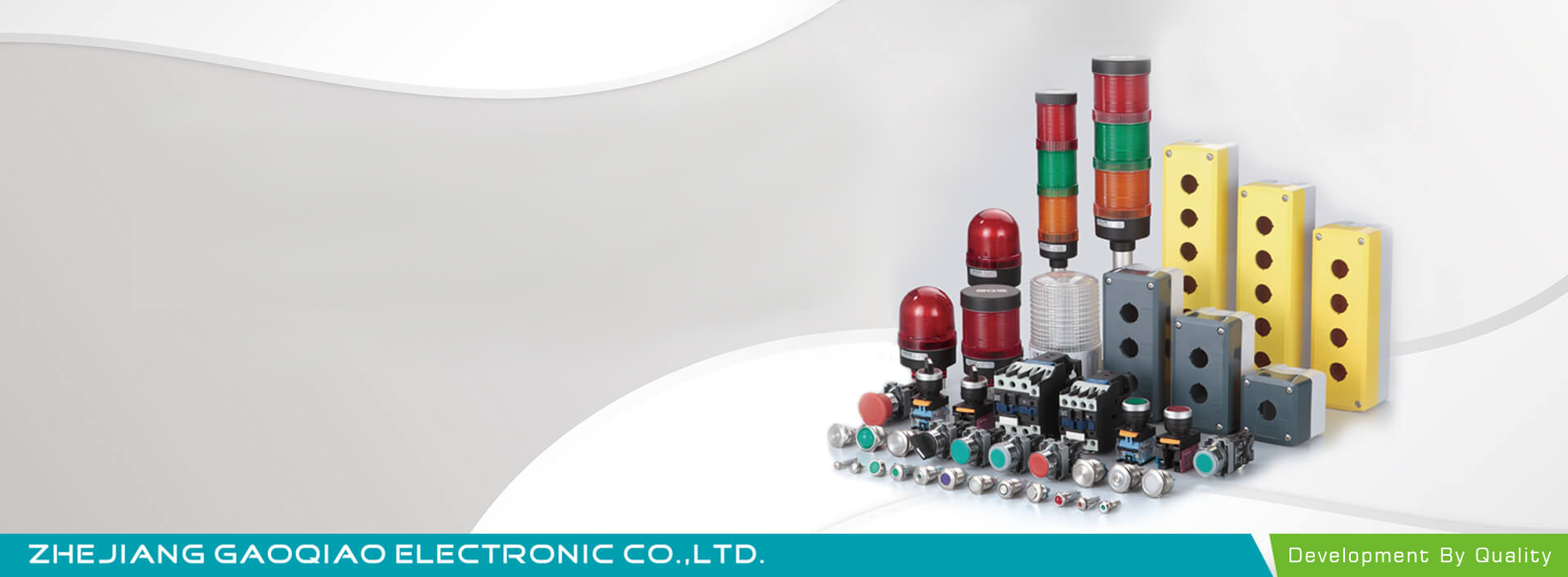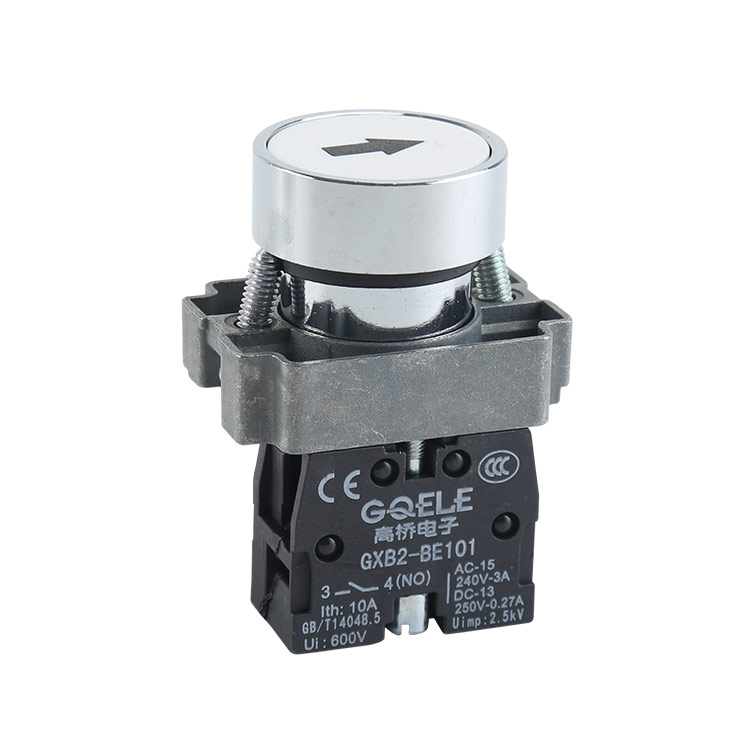A rotor on which a moving contact is attached is received and rotatably held in a body, and a knob is received and held
Button control principle with Gqelehttps://www.gqele.com/LA115-B1-11ZS-pd49393389.html Definition: A switch that uses a
What is an emergency stop push button switch?Emergency stop switch, also known as emergency stop switch, emergency switc
A push button is a manually controlled master electrical appliance. It is mainly used to issue operation commands, turn
The push button switch is a commonly used electrical control component, which is mainly used to control the switching state of the circuit. When the button is pressed, the switch will be closed, the circuit will be energized, and the electrical equipment will start to work; when the button is released, the switch will be turned off, the circuit will stop energizing, and the equipment will stop working.
GQEM provides high-quality push button switch products, including LED push button switches, metal push button switches, indicator lights and other types. With high sensitivity, stability and reliability, our push button switches are widely used in home appliances, automobiles, medical and other fields. Welcome to visit GQEM official website for more information.
GQEM was founded in 2004, is an industrial production Professional manufacturer of product research and production. The main products are LED indicator, press Button, buzzer, PG waterproof connector, contactor and LED components, etc., It is widely used in control cabinets, power distribution cabinets, instrument cabinets and various control consoles.
Stainless steel: Stainless steel has the characteristics of high strength, corrosion resistance, and high temperature resistance. It is one of the commonly used materials for making metal buttons. Aluminum alloy: The aluminum alloy material has the characteristics of lightness, high strength, and good thermal conductivity, and is often used to make metal buttons.






















